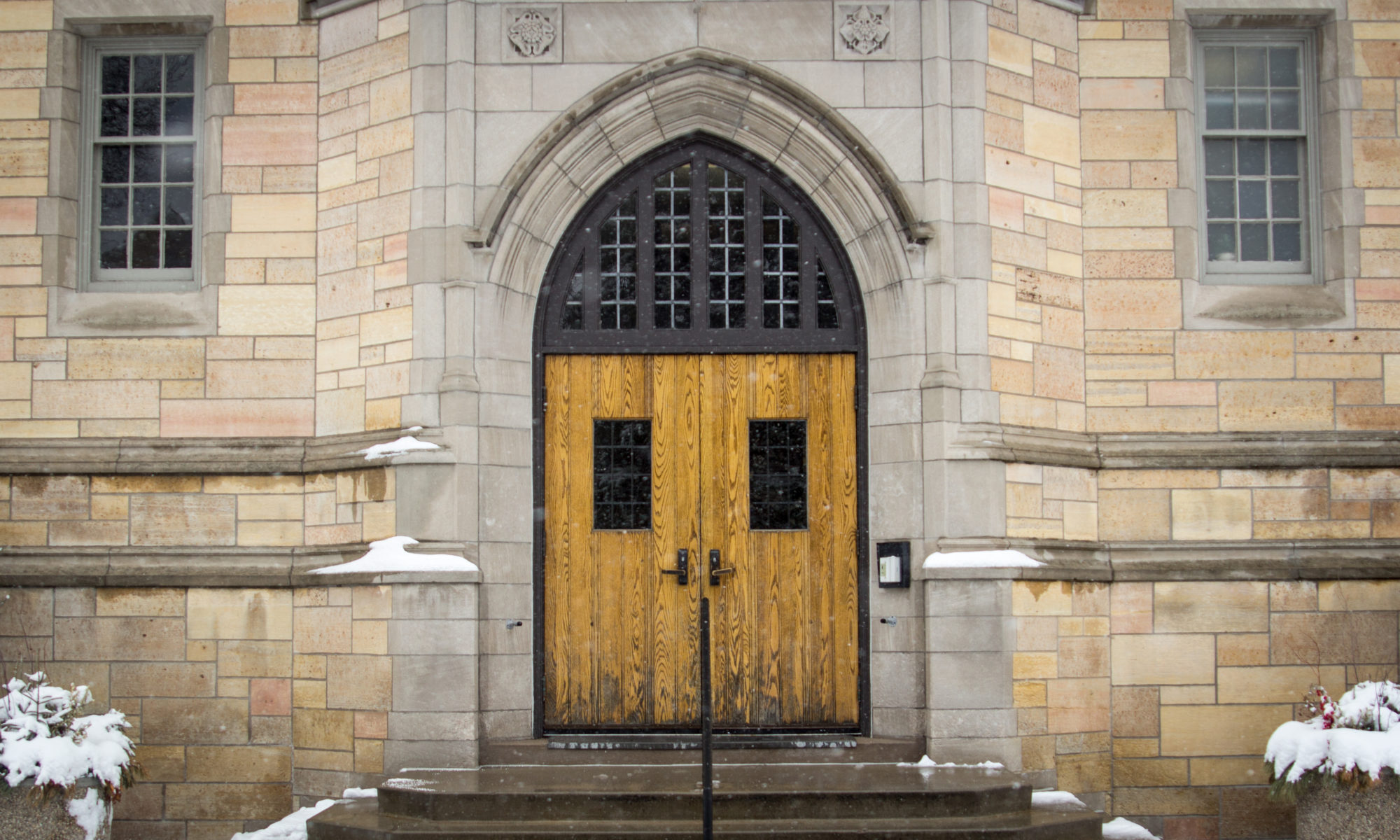St. Thomas recently held a College of Arts and Sciences faculty forum to address concerns with the end-of-semester surveys in which students evaluate classes and professors.
Geology professor Thomas Hickson thinks that the surveys, called IDEA forms, are weighted too highly. The forms count toward 50 percent of a teacher’s evaluation.
Hickson raised the issue long before the faculty forum and went through a process outlined by Article VI of the college’s governing bylaws. Hickson sent a detailed proposal to CAS faculty and received 40 signatures in support of the proposal, which led to the forum.
“There’s a bias in them toward more popularity than learning,” Hickson said. “They aren’t particularly good measures of student learning.”
A study by the psychology department at Mount Royal University in Canada showed that, on a large-scale basis, there is little to no correlation between student evaluation scores for a teacher and the overall effectiveness of that teacher.
IDEA evaluations have two components: summative and formative. Summative translates into making decisions about a teacher’s pay and raises, while formative translates into ways of helping the instructor be a better teacher in terms of teaching outcomes.
“Where students are really good at evaluating us is on specific things we did in classes,” Hickson said. “So IDEA is this great formative tool and it gives us a lot of feedback about how we can improve our teaching.”
Hickson’s proposal is not to do away with IDEA forms, but rather to lower the weight that is given to them when it comes to evaluating a teacher because of their inherent imperfections.
Economics professor Agapitos Papagitos was also present and active at the forum.
“IDEA is an imperfect instrument, but so are all the other instruments we have for measuring teaching performance,” economics professor Agapitos Papagapitos said.
What Papagapitos questions is that remaining 20 percent of a teacher’s evaluation. If the university lowers the IDEA forms from 50 percent to 20 percent, the university does not yet know what will make up for that and how it will be evaluated. He believes the alternative should be better defined.
Papagapitos believes the solution should take into account how much students have learned, but also allow students to comment on the experience they had in that course.
“It seems to me that students who enjoy what they’re learning and the way in which they’re learning it often learn better,” Papagapitos said.
Ignacio Garcia can be reached at garc3913@stthomas.edu.



